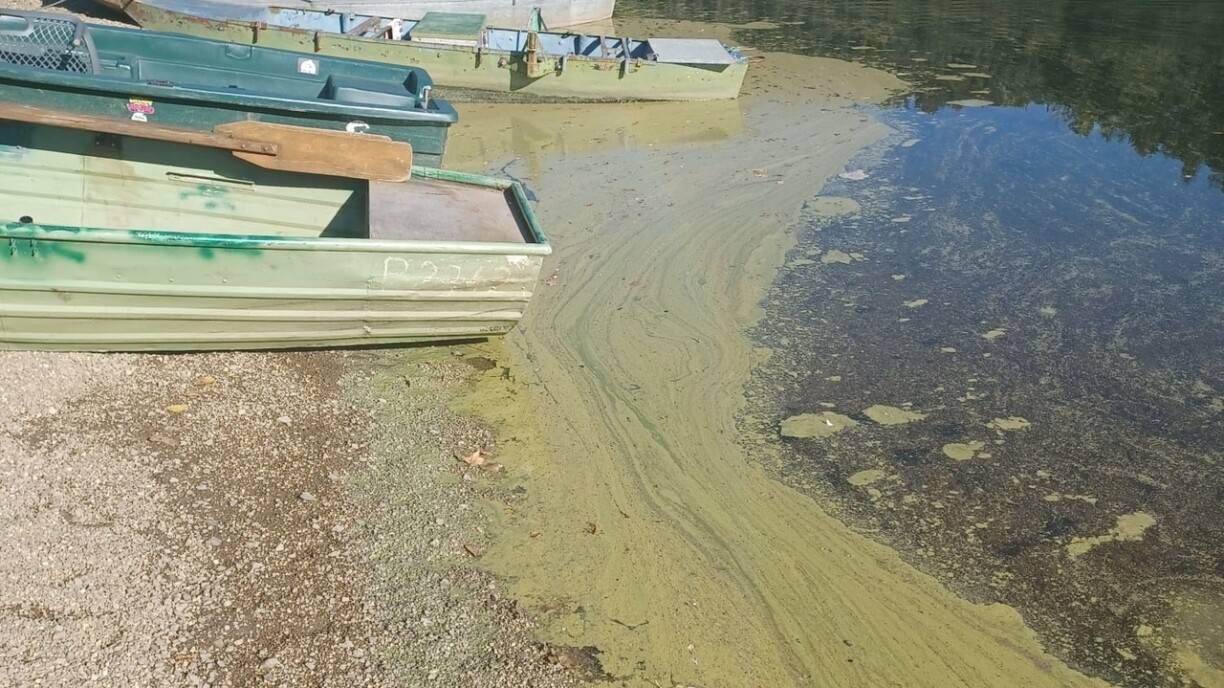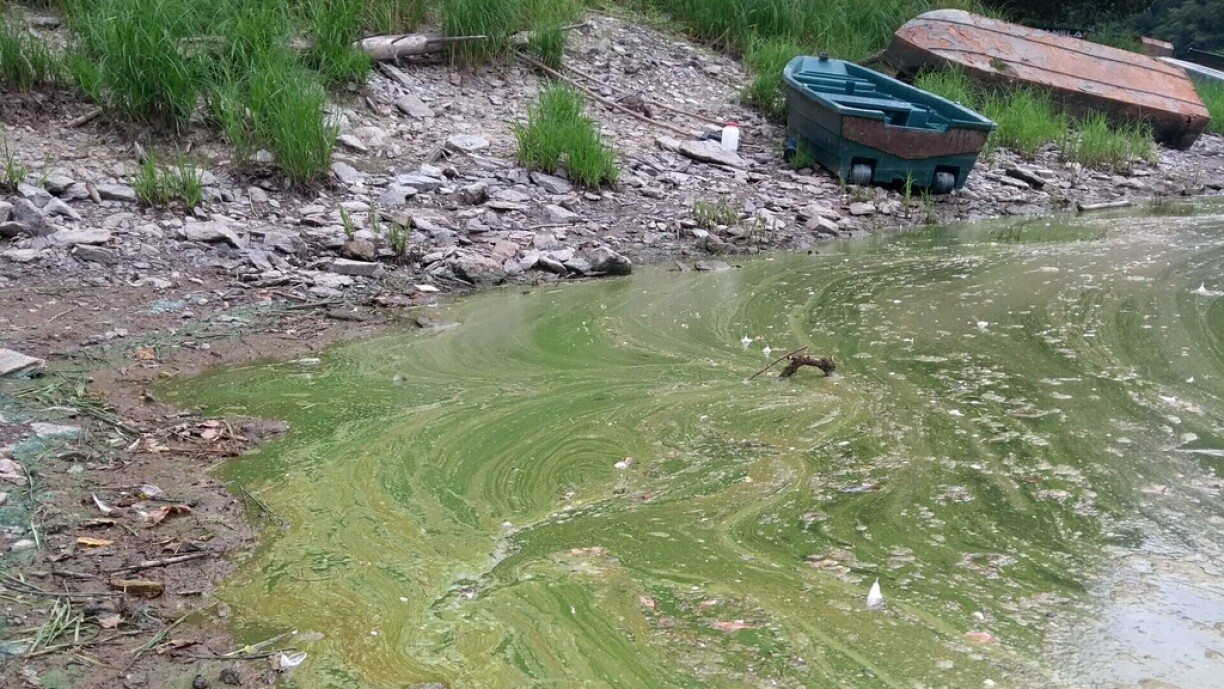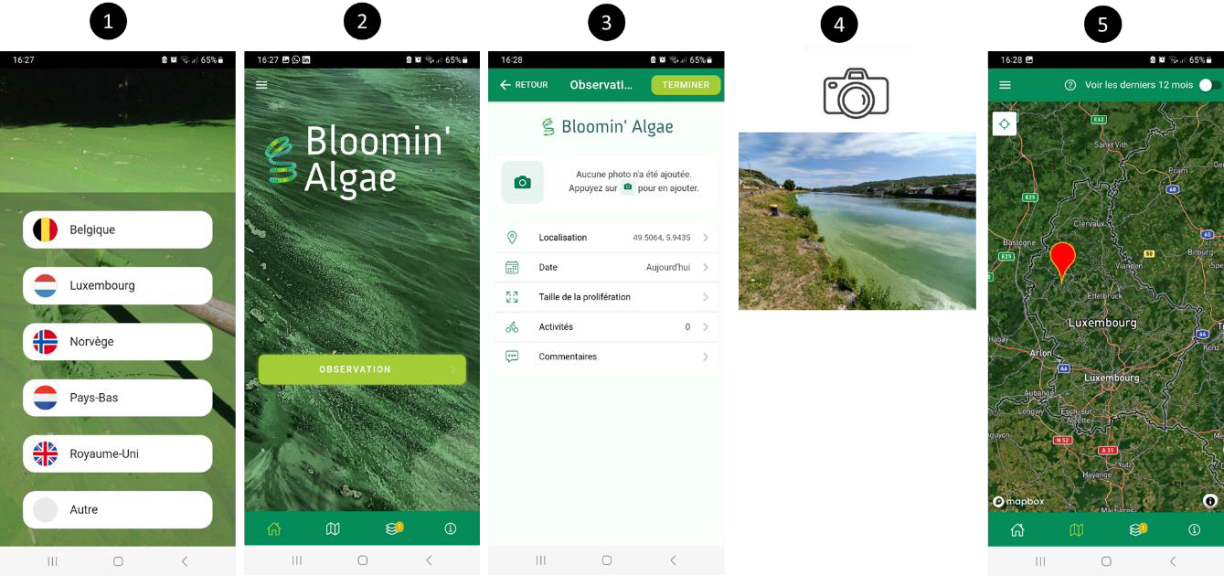
To minimise possible damage from the blue-green algae, the Luxembourg Institute of Science and Technology (LIST) checks the water quality regularly.
Blue-green algae are bacteria that can occur naturally in rivers or lakes when the water gets warmer.
Normally, Luxembourgish lake water is tested for blue-green algae, also known as cyanobacteria, every two months. However, during the summer months of August and September, the water is analysed weekly, given this is the main season for the algae.
Come October and early November, the LIST still carries out regular analyses to better understand the phenomenon.
For their tests, the LIST staff evaluate the water on site, identify potentially toxic cyanobacteria and categorise their blooms. The toxic substances are then determined, explains Jean-Baptiste Burnet, research associate at LIST.
Swimming bans are issued when the quantity of algae falls into category three, as shown in the example in the photo below. Otherwise, bans are issued when the threshold value for microcystin, a toxic substance found in certain blue algae, is exceeded.

It is not the cyanobacteria itself that makes people ill, but the toxins - such as microcystin - produced by the blue-green algae.
‘Although only a few acute cases of poisoning have been documented in existing research, the long-term effects of exposure are not known, so our best bet is to primarily focus on prevention,’ says Jean-Baptiste Burnet. Vulnerable people such as children and pregnant women should take particular care, he adds.
Swallowing contaminated water or coming into contact with it too much can lead to headaches, cramps, liver damage, skin irritation and gastrointestinal problems.
The toxins in blue-green algae are also dangerous for animals. Time and again, dogs die because they had drunk contaminated water.
The water quality in the lakes in Luxembourg is currently still classified as good to very good in terms of faecal pollution and blue-green algae presence.
Nevertheless, care is advised when swimming because the water quality rate can be high and yet still have a swimming ban due to blue-green algae blooms.
“We had such an outbreak at the Rommwiss beach on the Upper Sûre Lake in mid-July, which hasn’t happened for years,” says Jean-Baptiste Burnet. However, the ban has been lifted again as the bloom has dissipated.
The LIST hopes that with the introduction of technological aids at the reservoir, more data can be recorded and automated. Equally, up-to-date data can also be read continuously so that swimmers can be informed as quickly as possible in the event of danger.
Those who enjoy being out on the water can also support the institute via the Bloomin’Algae app by reporting possible blooms. Further information and current values can also be found at cyanowatch.lu.

Bloomin’ Algae - App am Play Store
Bloomin’ Algae - App am Apple Store